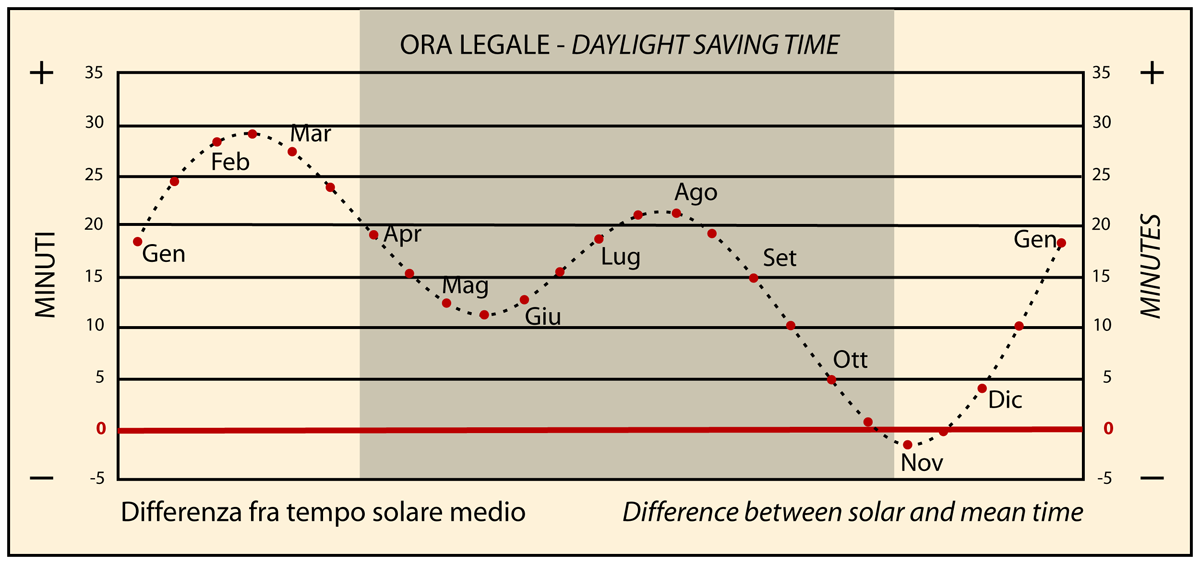Focus

Library
The collective database provides full access to the Museo Galileo’s collections and the databases produced in connection with the various research and study projects.
Search the collective database
or ...
- Category: Explore
Comitato Nazionale per la celebrazione dei 500 anni dalla morte di Leonardo da Vinci

The exhibition is organized by
Museo Galileo


in collaboration with
Accademia Nazionale dei Lincei – Centro Linceo Interdisciplinare “Beniamino Segre”

Biblioteca Nazionale Centrale di Firenze

Commissione per l’Edizione Nazionale dei Manoscritti e dei Disegni di Leonardo da Vinci

Under the patronage of
Comune di Firenze

The exhibition presents to the general public the findings of the FISR research project “Science, history, society in Italy. From Leonardo to Galileo to the ‘houses’ of innovation”, promoted and supported by the Ministry of Education, Universities and Research.
Curated by
Carlo Vecce
Scientific committee
Andrea Bernardoni
Roberto P. Ciardi
Paolo Galluzzi
Domenico Laurenza
Pietro C. Marani
Carlo Vecce
Lending institutions
Firenze, Biblioteca Medicea Laurenziana
Firenze, Biblioteca Nazionale Centrale
Firenze, Biblioteca Riccardiana
Firenze, Giunti Editore
Firenze, Museo Galileo
Napoli, Biblioteca Nazionale
Padova, Università di Padova, Centro per la Storia dell’Università di Padova
General coordination
Museo Galileo: Laura Manetti
Exhibition film
Concept and texts
Carlo Vecce, in collaboration with Giuditta Cirnigliaro
Production
Museo Galileo–Multimedia laboratory: Jacopo Tonini (coordinator), Fabio Corica, Samuel Taddei, Daniela Vespoli
Website
Museo Galileo–Unità web: Iolanda Rolfo (coordinator), Leonardo Curioni, Elena Fani, Roberta Massaini, Maurizio Sanesi
Digital Library
Museo Galileo: Stefano Casati (coordinator), Sabina Bernacchini, Susanna Cimmino, Francesca Fares, Alessandra Lenzi, Silvia Paoli, Adele Pocci
Image research
Giuditta Cirnigliaro
Museo Galileo–Photographic archive: Sabina Bernacchini (coordinator), Susanna Cimmino, Silvia Paoli
Translation of the exhibition texts
Thomas H. Simpson
Exhibition design
Guicciardini & Magni Architetti
Graphic design
RovaiWeber design
Exhibition production
Opera Laboratori Fiorentini–Civita
Installation management
Opera Laboratori Fiorentini–Civita: Piero Castri
Technical coordination
Museo Galileo: Teresa Saviori
Digital systems and projection equipment
Opera Laboratori Fiorentini–Civita: Alessandro Modena
Models and reconstructions
Opera Laboratori Fiorentini–Civita: Laura Stiattesi
Facsimiles
Claudius Schettino
Coordination, communication and promotion
Opera Laboratori Fiorentini–Civita: Mariella Becherini
Press office
Opera Laboratori Fiorentini–Civita: Salvatore La Spina
Transport
Arternativa
Insurance
Generali
Acknowledgements
Filiberto Agostini, Luca Bellingeri, Elisa Bonaiuti, Sara Bonechi, Elisa Di Renzo, Anna Rita Fantoni, Isabella Fiorentini, Giulia Fiorenzoli, Francesca Gallori, Rossella Giovannetti, Monica Grossi, Piero Marchi, Francesco Mercurio, Antonella Miolo, Elena Montali, Angela Pinto, Carla Pinzauti, Stefano Pinzauti, Claudio Salsi, Silvia Scipioni, Giorgio Strano, Adelina Taffuri
We thank Banca Intesa San Paolo whose support made it possible to display the exhibition at the Accademia Nazionale dei Lincei in Rome in Autumn 2019.
![]()
- Category: Explore
The monumental sundial was built in 2007 as a “mathematical ornament” for the Museo Galileo.
Well known since antiquity, the sundial is a time-measuring instrument made up by a style casting a shadow on a quadrant. Its functioning is based on the observation of the style’s shadow combined with the notion of the Sun as a time-keeper apparently revolving around the immobile Earth in a uniform daily motion.
The Museo Galileo sundial is made up of a large quadrant traced on the pavement and a gnomon which is formed from two large bronze stelae that symbolize the day and the night. The stele for the day, facing south (towards the Arno river), contains a vertical meridian line on which the shadow cast by the tail of a “liziper” –a half-lizard, half-viper imaginary animal– indicates midday for each period of the year. The stele for the night, facing north, contains the representation of the two constellations that allow for finding the Polar Star, that is the Ursa Major and Ursa Minor.
The wind rose placed at the base of the gnomon shows the directions for geographic orientation.
A travertine and brass meridian line is drawn on the pavement, flanked with glass and marble signs of the Zodiac. The meridian line extends for about 15 metres from the museum entrance, where the winter solstice is marked, to the base of the gnomon, where the summer solstice is marked. The travertine curves crossing the meridian line indicate the date. The brass radial lines forming a grid with the two solstitial curves indicate the hours.
The seasons and the four elements are symbolized by the choice of materials: travertine for the earth and autumn; glass for the water and winter; grey stone for the air and spring; bronze for the fire and summer.
After the sunset, the sundial continues to act as an attractive urban element thanks to the lighting underneath the base of the gnomon and the Zodiac signs.
How the Sundial works
The shadow cast by the glass polyhedron atop the large bronze gnomon indicates the date and time. The hours from 9:00 AM to 2:00 PM are marked out by radial brass lines. The date is indicated by the travertine traversal lines which mark the Sun’s diurnal course for various periods of the year – precisely when the Star enters the signs of the Zodiac. The shadow cast by the gnomon changes in length during the course of the days and seasons, and indicates true solar time for the place where it is located, which is a different time than that of our wristwatches, known as mean time. In respect to mean time, true solar time has a periodic variation that can exceed a quarter of an hour.

Moreover, during daylight saving time, the hands of a clock are moved forward one hour. For example, true midday in the month of February would be indicated by the sundial around 12:28 AM while in the month of July it would be indicated around 1:20 PM daylight saving time.
To read the hour and date, you have to identify the hour lines and the calendrical lines closest to the gnomon’s shadow. When the shadow does not fall exactly on a hour line, you can read the half-hours and quarters with close approximation by ideally subdividing the space between two hour lines in two or four parts. The date can also be read by referring to the Zodiac signs and the start of the months marked out along the meridian line.
Subcategories
Temporary exhibitions
Visit also Virtual exhibitions
Meet Galileo
In this section you will find numerous information on the life and works of Galileo. To further deepen the history of man and scientist, we recommend that you also consult the Galileo Portal, where you will also find the contents here presented.










